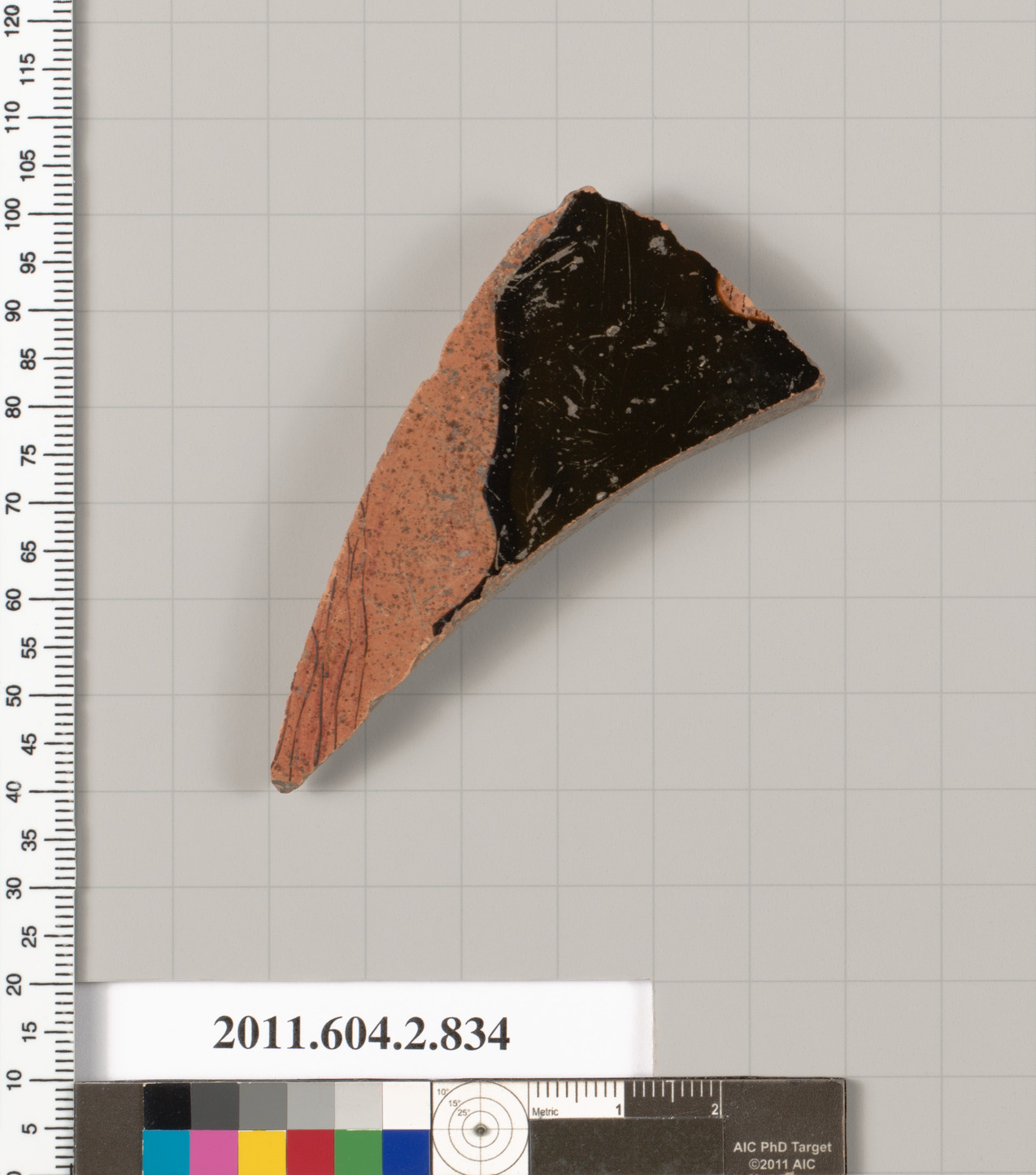

See the helpful table provided by Neil Brodie and Daniel Contreras. The Rape of Mesopotamia: Behind the Looting of the Iraq Museum (Chicago: University of Chicago Press, 2008), p. “Has the market in antiquities changed in light of recent legal developments?” in The Futures of Our Pasts: Ethical Implications of Collecting Antiquties in the Twenty-first Century, ed.

This process is experimental and the keywords may be updated as the learning algorithm improves. These keywords were added by machine and not by the authors. If there is any difference marking archaeological material (aside from the difference that makes some material saleable and other material mere detritus), it is small enough to be poo-pooed: as the Metropolitan Museum’s director, Philippe de Montebello once put it, “How much more would you learn from knowing which particular hole… came out of? Everything is on the vase.”‘ 1 Keywords Our universal museums, in turn, collect, study, and display both works of art and antiquities, including antiquities that were excavated, generally displaying the latter as if they were works of art. So, for example, while we do at least sometimes distinguish “antiquities” from “antiques” in everyday speech, we very seldom distinguish “archaeological materials” from either, and under “antiquities” we include all sorts of ancient artifacts and artworks that were never buried, forgotten, and subsequently excavated. The underlying assumption, that archaeological materials and artworks are the same kind of things, is deeply embedded in our language and our cultural institutions.

As the title of this volume indicates, the topic of archaeological looting is usually thought of as a subset of the larger category of art crime, analyzable using the same general approaches as those used to describe and model the theft of artworks.


 0 kommentar(er)
0 kommentar(er)
